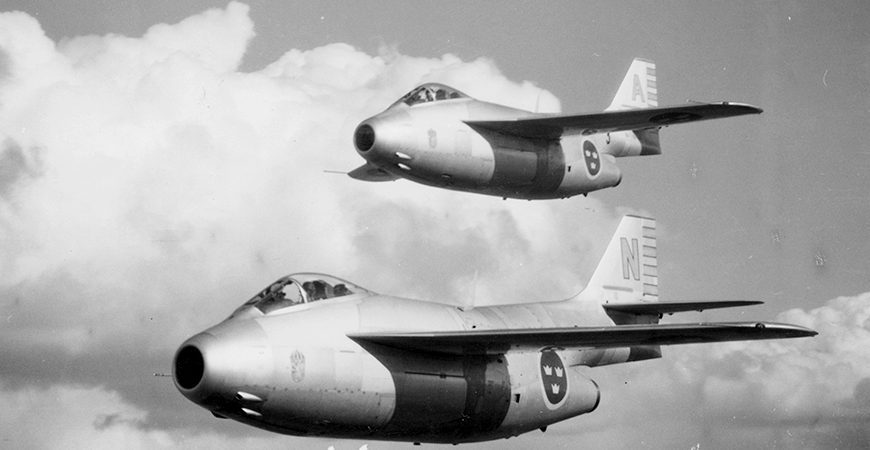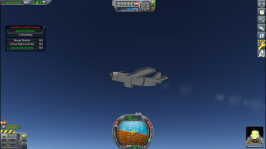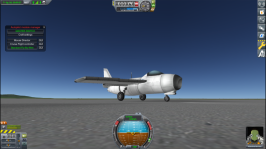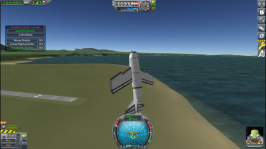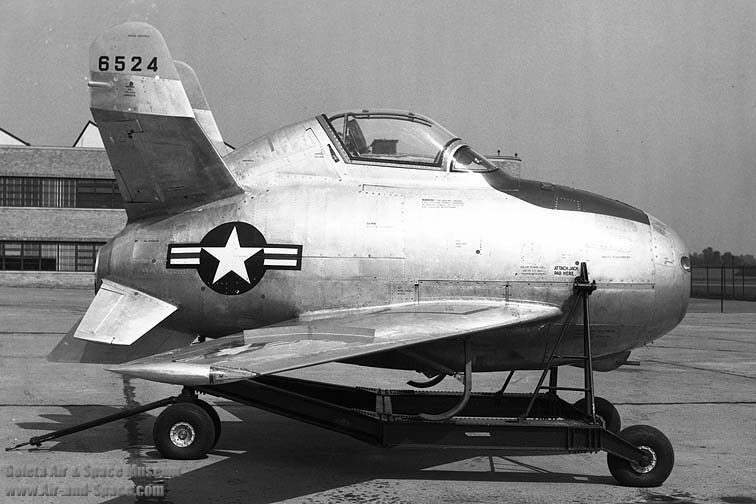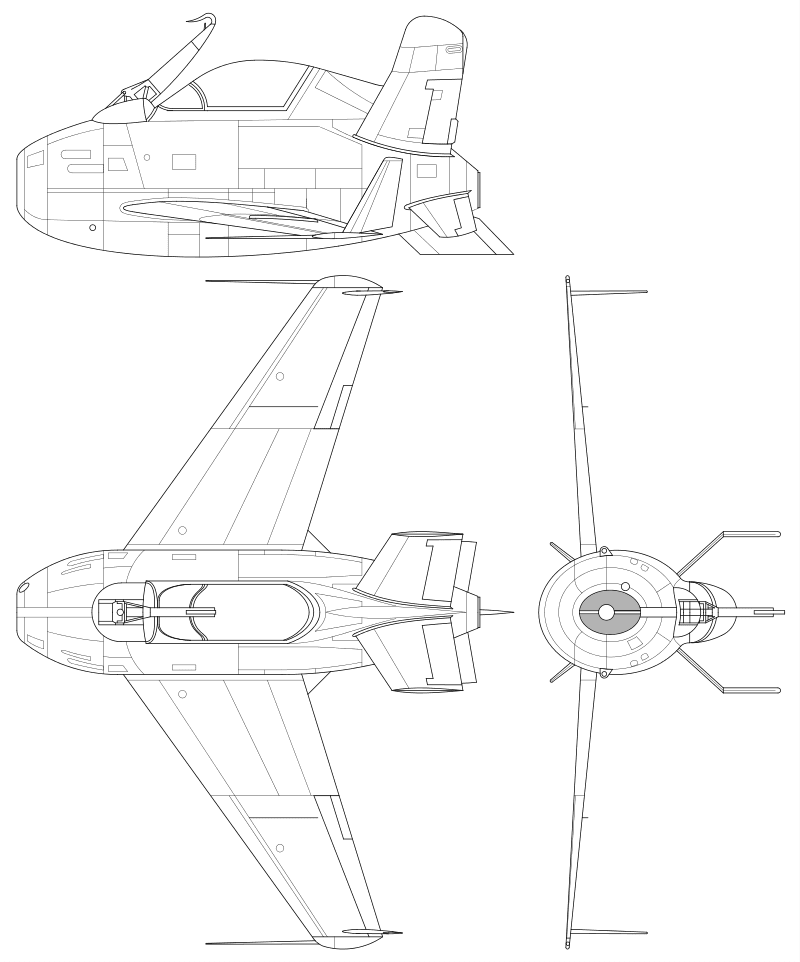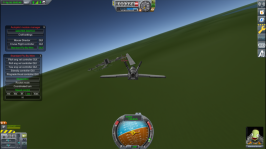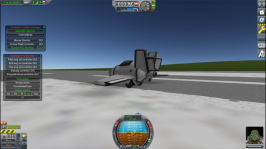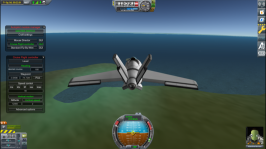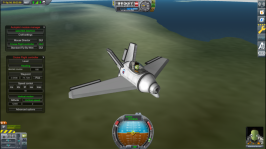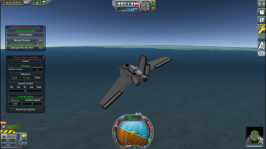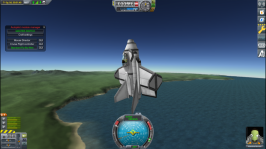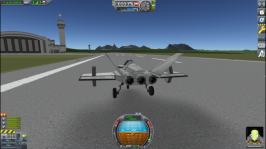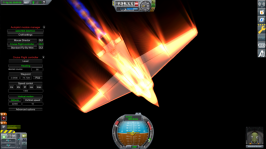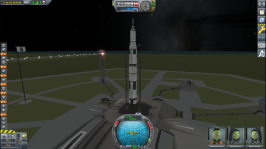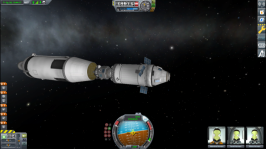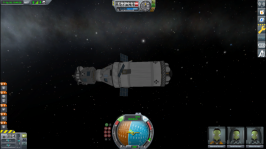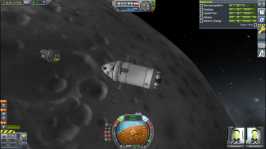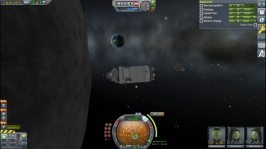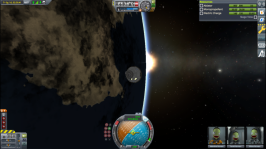As I was out testing it, I left it on autopilot for a while and when I came back it had got a lot further from the base than I had intended and with only about 1/3rd fuel remaining I was facing a big challenge: how to get the aircraft back to base before it ran out of fuel.
A quick calculation showed that at the current rate I would run out of fuel about 100 km from the runway, and although I had an altitude of 10,000 meters, it would probably not be able to glide that far (although I haven't actually tried gliding since the 1.4.x version, where I believe that they tweaked the drag calculations...).
By going to a lower altitude I could get more power from the engines and reach the runway faster, but it would also mean more fuel would be wasted on fighting the increased drag of the denser air as well as from the higher speed, so dropping in altitude would certainly reduce the range.
So if going to a lower altitude would reduce the range, my only hope would be to go to a higher altitude. By Kerbin standards, 10 km is pretty high up for a conventional aircraft and the risk was that the plane would have to pitch up so much that the increased drag would make it less efficient. At the same time, it operated nicely on 10 km with a full fuel tank, and at this point 2/3 of that mass had been burned so hopefully it would be able to climb another 1000 meters. Not that I had much of a choice - either take a chance of climbing or stay at the same altitude and eventually ditch in the ocean.
I started with a 5 m/s climb up to 10,500 meters, recalculated the range and came up 50 km short of the runway. Let it climb another 500 meters and recalculating once more the result was 10 km short of the runway. I was happy with that, since the fuel consumption would be reduced during the final descent. I picked a descent angle of 8 degrees, which gave a descent distance of 75 kilometers.
192.6 km from the runway, and less than 100 units of fuel remaining. It was nervous to see the fuel meter starting to measure in decimals.
Halfway through the descent. Runway in sight!
Final approach (landing from cockpit view is the best!). Since the tank was nearly empty I took the opportunity to test how slow the plane would fly. 40 m/s ias is pretty good.
Safely back on solid ground. <1% fuel remaining in the aircraft.



